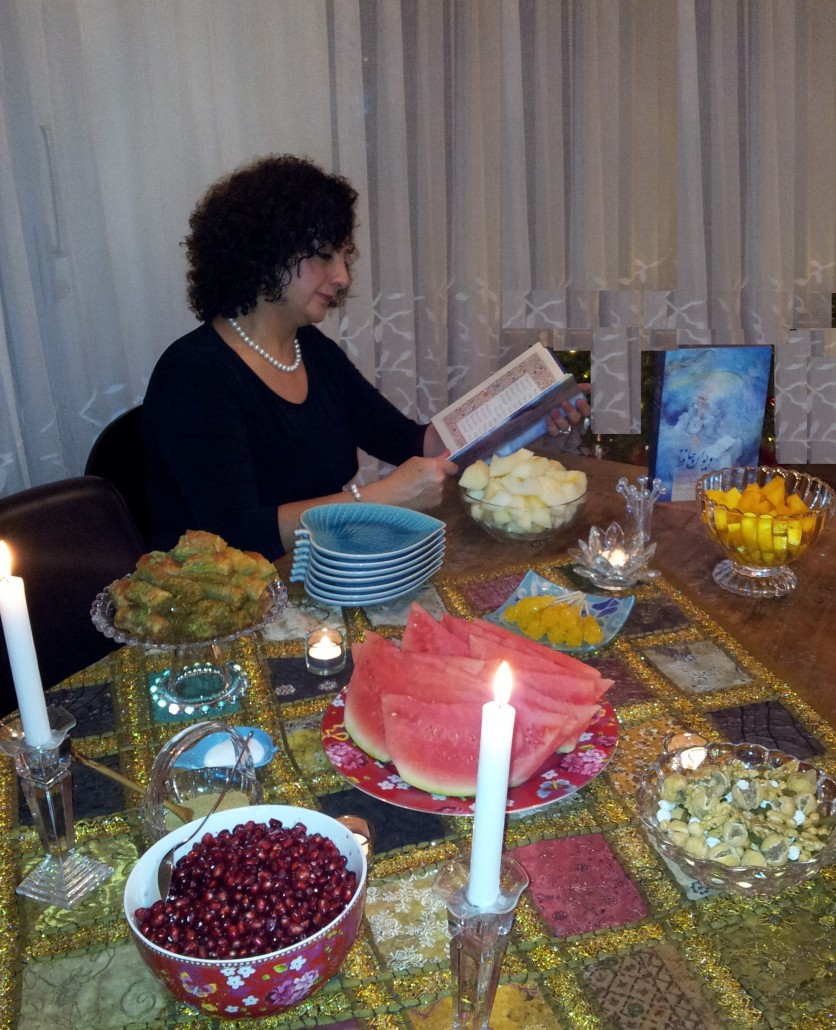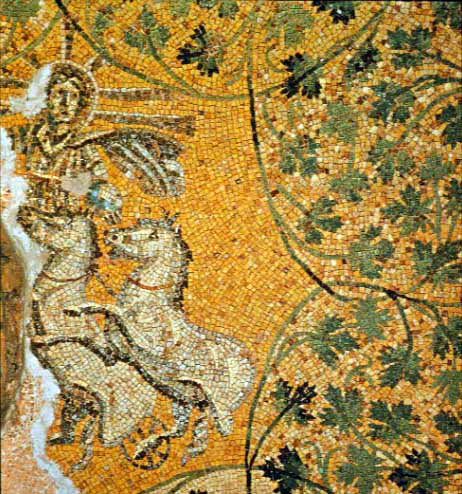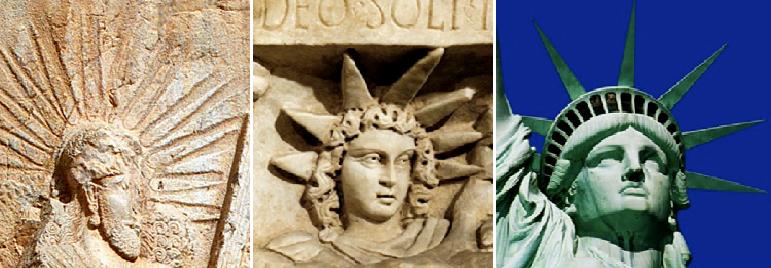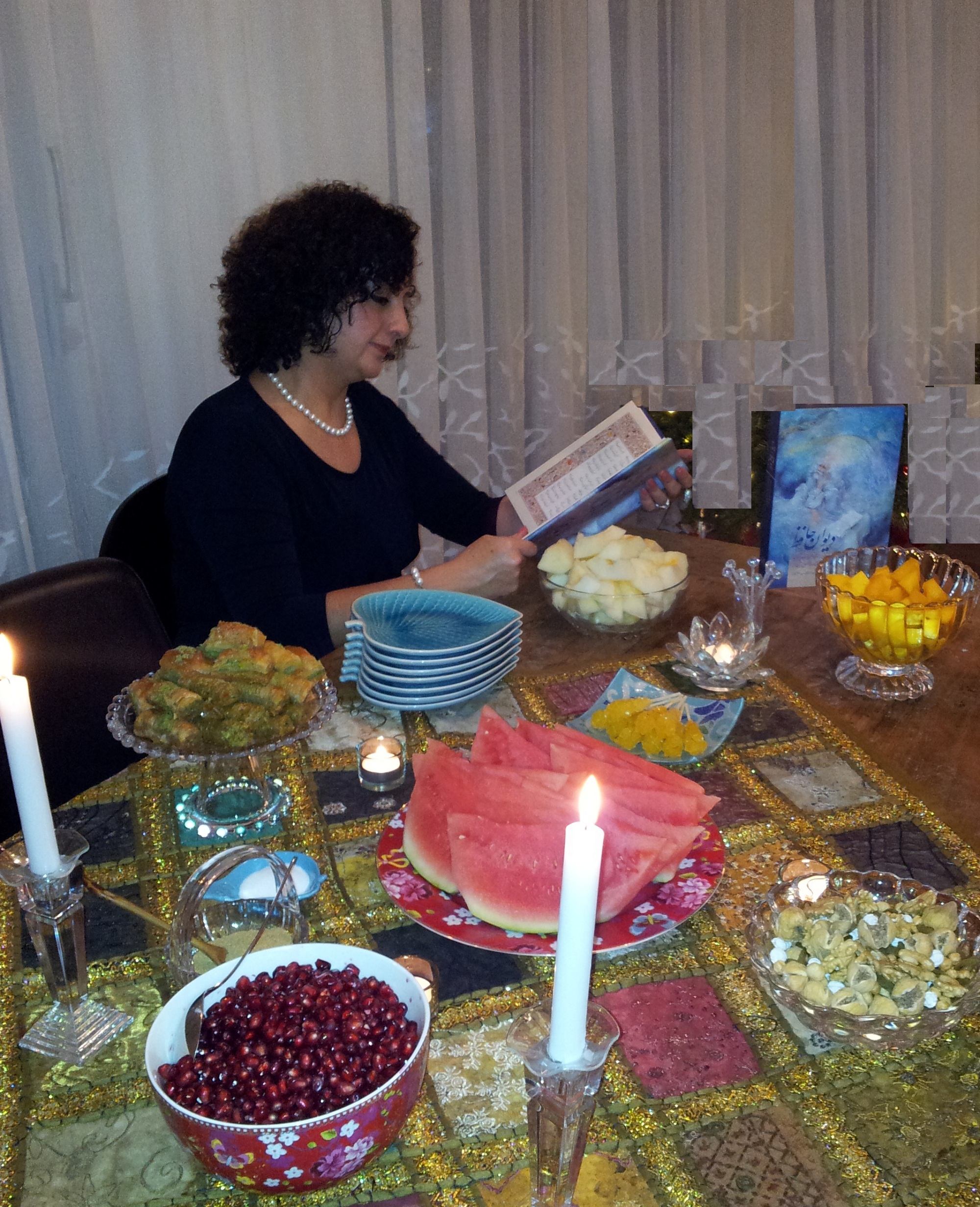The Fezana Journal has published an article by Kaveh Farrokh on the ancient Yalda festival of Iran:
Farrokh, K. (2015). Yalda: an enduring legacy from ancient Persia. Fezana Journal (Publication of the Federation of Zoroastrian Associations of North America), Vol. 29, No.3, Fall/September, pp. 30-33.
The article begins as thus:
“The annual Iranian festival of the birth of the unconquerable Sun (In Roman Mithraism: Sol Invictus), Mithras, is known as “Yalda” or more commonly as “Shab-e Yalda ” (Night of Yalda) as well as “Shab-e Chelley-e Bozorg” (Night of the Great Forty). “
 An Iranian lady recites poetry with the Book of Hafez during the night of Yalda; note the pomegranate and melon on the table spread (Source: Public Domain).
An Iranian lady recites poetry with the Book of Hafez during the night of Yalda; note the pomegranate and melon on the table spread (Source: Public Domain).
The following observation is made in the article with respect to the linguistic roots of the term /Yalda/:
“The term /da/ in Yalda is not of the Hamito-Semetic linguistic family, but instead belongs to the wider Indo-European language families. In Avestan, the term /Daēva/ is broadly defined as “divine being” (Herrenschmidt & Kellens, 1993, pp. 599-602) (in Old Iranian: /Daiva/), which is derived from older Indo-Iranian /Daivá/ (God), which in turn is traced to (undifferentiated) Proto Indo-European (PIE) /Deiu̯ó/ (God). According to Pokorny’s Master PIE lexicon the /Da/ or /Daē/ affix in /Daēva/ is defined as: “day, sun, glitter, to shine, deity, god” (Pokorny, 1959-1969 & 1989, pp.183-187). The legacy of Yalda is an essence rooted in the ancient Indo-European mythological tradition.“
 Mosaic of Christ as Sol in Mausoleum M in the pre-4th-century necropolis located below the Vatican’s St. Peter’s Basilica (Source: Public Domain). While commonly interpreted as representing Christ, the figure is virtually identical to the pre-Christian representations of Mithra (note fluttering Iranian-style cloak on the mosaic figure).
Mosaic of Christ as Sol in Mausoleum M in the pre-4th-century necropolis located below the Vatican’s St. Peter’s Basilica (Source: Public Domain). While commonly interpreted as representing Christ, the figure is virtually identical to the pre-Christian representations of Mithra (note fluttering Iranian-style cloak on the mosaic figure).
The legacy of Yalda is further discussed:
“Perhaps most interesting is the continuing legacy of Yalda and Mithras in Rome and greater Europe, even after the official adoption of Christianity by the Emperor Constantine the Great in 312 CE (r. 306-337 CE) followed by the legalization of Christian worship in 313 (Edict of Milan), the formulation of the Nicene creed of Christianity in 325 CE (First Council of Nicea) which became the official state religion of Rome in 380 CE (Edict of Thessalonika). Mithraism however, could not be so easily displaced.
 Mithras’ Enduring Legacy? (Left) Mithras at Taghe Bostan, Western Iran; (Middle) Deo Sol Invictus, Italy; (Right) The Statue of Liberty, Staten Island, New York.
Mithras’ Enduring Legacy? (Left) Mithras at Taghe Bostan, Western Iran; (Middle) Deo Sol Invictus, Italy; (Right) The Statue of Liberty, Staten Island, New York.




